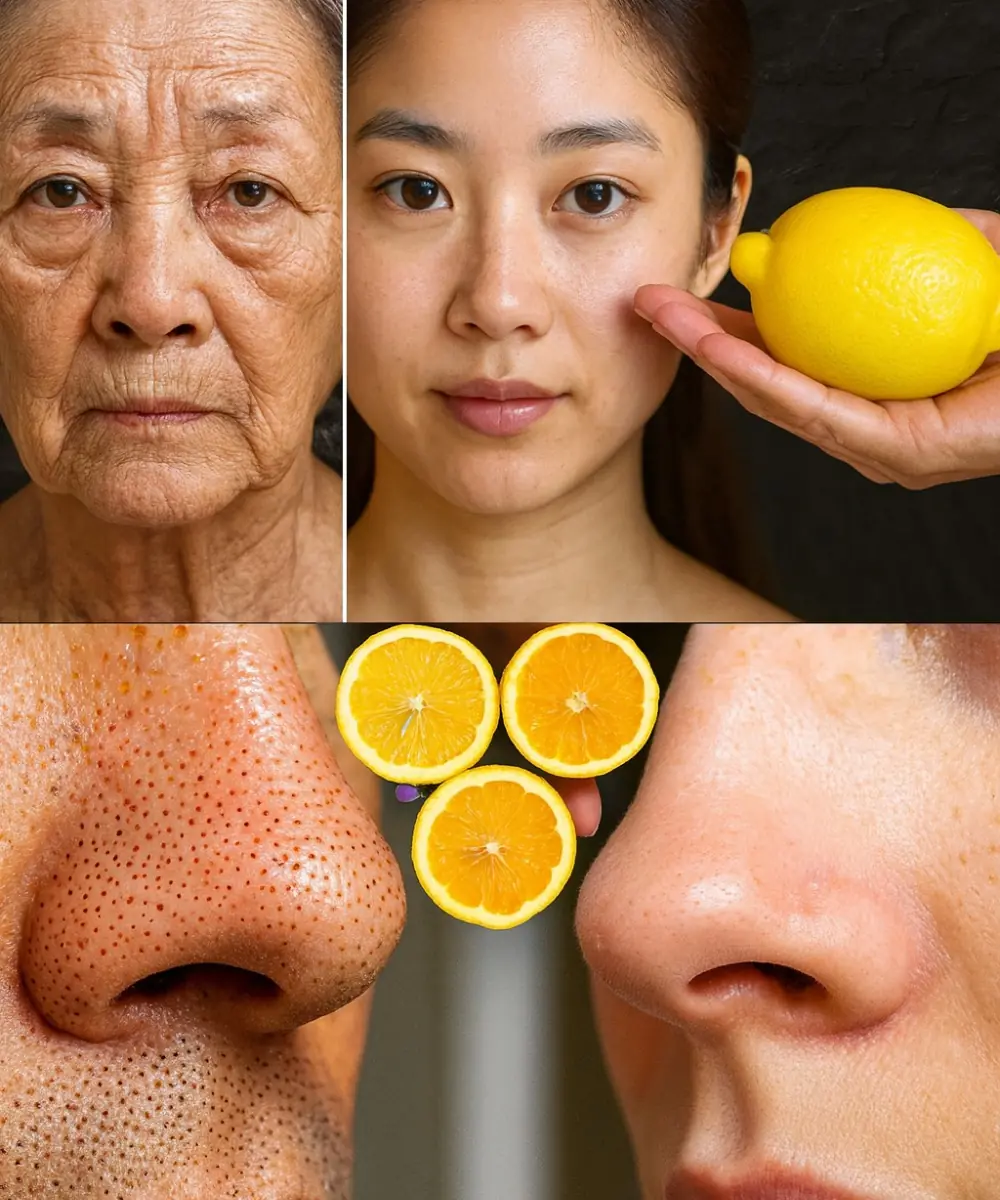
Green eyes have long captivated the human imagination, not only for their beauty but for their rarity. Representing just about 2% of the global population, they are most frequently found in Northern and Central Europe, with notable concentrations in Hungary, Scotland, and England. This scarcity lends them an almost mythical aura—akin to spotting a four-leaf clover. In places where green eyes are uncommon, their vivid hue can leave an unforgettable impression.
A Color That Seems to Change
One of the most striking qualities of green eyes is their chameleon-like nature. Their shade often appears to shift with lighting, clothing, and surroundings, giving the iris a sense of depth and movement. This interplay of light enhances their allure, creating a gaze that feels alive, magnetic, and nearly hypnotic. No two pairs are ever exactly the same.
Beauty with a Need for Care
Green eyes have less melanin than darker eye colors, making them more sensitive to sunlight and ultraviolet exposure. This heightened sensitivity means that sunglasses and regular eye checkups are essential to maintaining both eye health and vision over time.
From Superstition to Symbol of Beauty
Historically, green eyes were not always celebrated. During the Middle Ages, they were sometimes associated with witchcraft—especially when paired with red hair—leading to fear, suspicion, and even persecution. Over centuries, however, these negative connotations faded. Green eyes came to be admired as emblems of beauty, individuality, and intrigue, frequently immortalized in art, literature, and popular culture.
A Genetic Puzzle
Unlike some physical traits determined by a single gene, green eyes result from a complex blend of genetic factors. They are often linked to Celtic or Germanic ancestry, with origins tracing back to the Bronze Age. Their ability to subtly shift in tone with changes in light or emotion gives them a dynamic, living quality—like a precious stone that changes as you hold it.
From their rarity to their ever-changing brilliance, green eyes remain a symbol of mystery, heritage, and timeless beauty—a natural jewel that continues to fascinate across cultures and centuries.




































